After receiving news in January 1967 that two terrorist groups - the Federation for the Liberation of South Yemen (FLOSY) and the National Liberation Front (NLF) - were vying for power in Aden, an emergency operational tour was ordered by the CO of 1 Para, Lieutenant Colonel Mike Walsh. Other key personnel included second in command Major Joe Starling, Adjutant Birdie Martin, Intelligence Officer Edward 'Ted' Loden and the RSM, Brian Sharman. The situation in Aden and South Arabia was complex, as a state of emergency had been declared as far back as December 1963. In reality, however, the threat posed by the insurgency had existed before this.
By 1967, the British Government was intent on leaving Aden and the Protectorate of South Arabia. In fact, this had been the aim of the British government since a white paper in 1964 and over the following two years tourist ships stopped visiting the colony, causing local trade to collapse. But the announcement that the British would be gone "no later than 1968", it has been argued, caused a rapid deterioration in the internal security situation. 1 Para were there to lay the foundations of an independent and hopefully democratic state, and then promptly leave in January of 1968. One of their main responsibilities was to train the South Arabian Army (SAA), which was based mainly in Radfan but had a Battalion in Aden; at the time they were widely distrusted by the British.
1 Para departed RAF Brize Norton on May 22, 1967 and flew to RAF Khormaksar in Aden, the capital and largest city of South Arabia. They stopped off in the allied country of Iran on May 23, then under the control of the Shah, to refuel. Just before they left, they were joined by 3 Recruit Platoons, straight from depot; their average age was 18 years and 4 months and they later became B Company. From November of 1966 families were prevented from visiting the colony, and in May and June 1967 the 9,000 remaining civilians were sent home as 1 Para arrived.
1 Para's task was to take over the city district of Sheikh Othman from 3rd Battalion, the Royal Anglian Regiment. Their order of battle included 4 Rifle Companies as well as a HQ Company and Support Company. They were joined by elements of the Queen's Own Hussars and King's Own Border Regiment and a company of 1st Bn the Irish Guards. However, they were under orders to only engage terrorists with gunfire after they had been fired upon themselves. In practice, this was interpreted as being whenever there was a reasonably serious threat to a Para's life or the lives of his men. Operating in temperatures of up to 50 degrees, and with the terrorist groups having made themselves notorious for actions such as throwing a grenade into a children's party, it is easy to see how this order might have been viewed.
After leaving Khormaksar, the Battalion drove to Radfan camp, their home for the next 6 months. A veteran recalled: "Together with the heat and the tented camp the place felt and looked like something from bygone ages, we had travelled back in time". One Private Ballentine was less complimentary:
"To most people of ordinary extraction, the thought of spending more than six months under canvas would be repugnant in the extreme. But not until they have seen, in Radfan Camp, the serried rows of antediluvian monstrosities, which rejoice under the name of tents, can they fully comprehend the hideous realities of such a period of penal servitude"
They immediately visited the armoury to draw weapons for checking, cleaning and zeroing. Carl Gustaf anti-tank weapons (M1 and M2) which were used by the battalion were known to occasionally misfire, possibly due to the heat, and so had to be checked. The medical team attached to 1 Para was led by Captain Dick Hardie, RAMC and his technicians Cpl Glen Curtis and Cpl Kevin Bacon. They regularly had to deal with heat rash, Sand Fly Fever and the high risk of heat stroke.
On May 25, the Battalion was engaged in its first fire fight when an unknown assailant unloaded on them with a Kalashnikov; the war diary noted "toms behaved like veterans under fire - used cover - pepperpotted, good fire discipline, but unfortunately, the gunmen got away". On May 30, the first death occurred since landing in Khormaksar. Private Brian Peter Quinn, C Company, was in a mobile patrol of two Landrovers when a grenade was thrown at them in Al Mansoura, a district in the city of Aden. A grenade splinter tragically entered his back through his leg and severed his aorta.
On the following day (May 31), warning came that the enemy were preparing to call a general strike. This was a tactic used to clear civilians from the streets to enable attacks on British forces as well as rival political factions. Luckily, prior intelligence enabled D Company and 8 Platoon of C Company to establish eight observation posts (OPs) around Sheikh Othman. When hostilities commenced after a grenade attack outside the south corner of Al Noor Mosque shortly after 0500 on June 1, the observation posts came under heavy and continuous fire. At about 0730 Private Yeoman had a near miss when a snipers bullet split the flash hider of his SLR but saved his life in the process; it is now on display in the Airborne Assault Museum. Sadly at 8 AM Colin Carver, C Company, was shot in the head while manning OP 12 in Al-Mansoura district. He became the second fatality of the deployment. Major (then a Private) Arnie Maclaren recalled the circumstances:
"We were also aware that there was an East German Mercenary sniper operating in that area. Sadly, our concerns were justified. About mid-morning that particular OP came under really heavy fire from many positions. This is normally the cover for a sniper to do his work. The No 2 on the Machine Group was a reinforcement from C Company by the name of Pte Carver. I am told he was just checking his arc of fire, had pushed the GPMG to one side so he could get a better view. When his face appeared in the slit, the sniper put a round straight through his nose. Tom Meek's younger brother, Charlie, was on that roof and handled the situation very well; calmed them all down and carrying young Carver's body cleared them down to safety"
Second Lieutenant (eventually Lieutenant Colonel) Nicholas Emson was Carver's Platoon Commander and was in charge of OP 12 on that eventful day. He later earned the MC for evacuating Carver's body in an armoured ambulance and conveying his men to a safe Observation Post without incident.
At 11 a broadcast from the mosque instructed the hostile gunmen to move positions. This was the opportunity company commander Major Geoff Brierley needed. Heavy return fire was dispensed upon all known and feared positions of the NLF/FLOSY, forcing them back 300 metres. The battle took about 14 hours in all and by the end scavenged rounds from bandoliers and discarded GPMG links were being used. At the conclusion of hostilities, 1 Para and the Queens Dragoon Guards controlled Area North of Sheikh Othman completely. Owing to extreme fatigue and the death of Carver, however, the men were not necessarily jubilant according to Private MacLaren:
"When we got back to camp, about midnight, it was the normal routine of returning cleaned weapons and ammunition to the armoury. I have no memories of any back slapping or jumping about by the boys. It had been a very long day and some scoff and a good sleep were the top priorities. I do admit that I was having the odd dose of the shakes when I was cleaning my weapon, and if that was what they call post reaction, then so be it."
However, whilst one soldier had been killed and four injured, at least 8 terrorists had been killed and many more wounded. Mike Walsh, the CO, visited his men to say the men had given "a first rate and professional account of ourselves" on their day of reckoning. The Battalion later referred to this battle fondly as "The Glorious First of June".
However, this date also marked the merger of the Arab FRA and part of FNG 1 to form the South Arabian Army (SAA), a decision which may have helped cause the mutiny later on. 30 percent of the officers in the new SAA were from the 'favoured' Aulaqi tribe, despite only forming 23 percent of the other ranks. A petition was presented to the Federal minister of Defence complaining about the Aulaqis which was signed by four out of the six SAA Colonels. It only reached the SAA Commander Brigadier Dye on June 16 when he returned from holiday. At the same time, the South Arabian Police (SAP) was being formed, but ultimately this amalgamation of older security forces never really came to be. As a result, the various police forces in Aden remained riddled with NLF agents and men trying to play both sides.
After their baptism by fire, the CO, Mike Walsh, decided that 1 Para needed a permanent base of operations. An old Scottish Mission Hospital, three storeys high, was quickly chosen and christened 'Fort Walsh'. It typified the well defended strong-points established to contain serious outbreaks of armed violence during the running battles of the 1st June within the city, and the later mutiny by the South Arabian Army and Police Force.
Unfortunately for 1 Para and the rest of the British Army, the Six-Day War was about to begin. Egypt had blockaded the Straits of Tiran and on June 5 Israel launched a pre-emptive strike in response. Already on June 4 the tremors reached Aden when two elderly Jews were trampled to death by a mob in the Crater District. The febrile atmosphere was punctuated by a contemporary intelligence report which reads:
"the area was normal until the crisis at midday over the Arab Israeli war. Crowds were active in the early afternoon and sporadic shooting broke out at 1500 hrs which increased until last night"
The 1st Lancashire Regiment was given the task of moving the Jews, a small community of 141, out of Crater and into Tawahi District. The regiment went to considerable lengths to retrieve the Jews' property out of their old homes. But one Jewish man returned to Crater to personally retrieve his belongings and was beaten to death, confirming that nowhere in Aden was safe. Ultimately the remaining Jews were all flown out of Aden to safety.
In the war, things were going differently. By the end, Israel had reached both the Suez Canal on one side and Damascus on the other and both Egypt and Syria were suing for peace. But Yemen condemned the US for cooperating with Israel and severed diplomatic relations; this was not good news for the Paras stationed in Aden. Major Roger Jones described the situation well: "The Arabs were having a serious sense of humour failure at the defeat of Nasser and the Egyptians, and naturally blamed us!".
Lance Corporal James Duncan earned his Military Medal on June 8 as part of a mobile patrol between the Al Mansoura and Sheikh Othman districts. They were suddenly fired upon by an automatic weapon: "Private McKinney, a general purpose machine gun gunner, who was standing in the back of the vehicle was wounded and the vehicle was immobilised. A second automatic then opened fire from a tall house which dominates the road. This fire, which entered the back of the vehicle, wounded Private McKinney for the second time". Duncan sprung into action to try and free McKinney, who was trapped in the Land Rover. Having managed to reach him after multiple attempts and considerable personal risk, he applied dressings to McKinney which "undoubtedly saved his life". Sadly, on June 18, 1 Para suffered its third and final fatality of the tour when Private John McIntosh of A Company was tragically shot in the neck whilst on patrol.
Meanwhile SAA Commander Dye returned from leave in Malta on June 16 and immediately suspended the four Arab Colonels complaining about the Aulaqis. A series of demonstrations had already taken place while he was gone, and this became the final straw. On June 20, the NLF issued a statement in which they decried "the attempts by Britain to hand over responsibilities for security to the Arab Army" which they called a "dirty imperialist plot". At 0800 of that day a riot broke out at Lake Lines, the main base of the SAA, with shots fired and buildings set alight. The commotion was heard in the South Arabian Police Barracks at nearby Champion lines, where the policemen there assumed they were being fired on by British troops. By 0950, 300 trainees from FNG 2, who were being integrated into the South Arabian Police, seized an arms store and a lorry carrying .303 ammunition. A Bren gunner from the mutineers took to a minaret to fire at the airfield and Radfan Camp, where 1 Para were holed up. When the minaret gunner saw a 3-ton lorry appear at 1030, he opened fire. Nineteen men of the Royal Corps of Transport (RCT) were on board, having had to abandon another lorry which was stuck in the salt-flats.
After being fired at for three hours whilst in cover, eight of them were either dead or dying and eight were wounded. By 1330, the Bren gunner in the minaret had been killed. Frustratingly, 1 Para in Radfan camp were ordered by Major-General Mike Walsh not to fire back at Champion lines to avoid adding fuel to the fire. 2nd Lt Young from the Lancashire Regiment was enforcing this order when he was tragically shot. Walsh remembered the mutiny on its 40th anniversary:
"Though we did not know the reasons at the time for the mutiny in Champion Lines, I ordered that no fire should be returned. Together with my officers we quickly raced around the camp to ensure that everyone was taking cover and withholding their fire. Sadly, just after I had visited one slit trench manned by the Lancashire Regiment, Second Lieutenant Angus Young, who was organising the perimeter defence in that sector, was shot through the head and killed, - a terrible loss of a young life".
Angus was the only fatality in Radfan camp as the scrupulous use of sandbags generally paid off. Whether or not it was right, the order to not return fire was obeyed with great discipline. In the citation for his DSO, the stability of Walsh's leadership was personally credited with ensuring this was the case.
Over the course of the day, control of the Crater district was lost as the Aden Armed Police had gone rogue and taken control of their barracks. They opened fire on two jeeps from the Royal Northumberland Fusiliers, killing eight with only one survivor: Fusilier John Storey. Five RNF men trying to find out what happened were also killed. The chaos was exacerbated by the failure of many of the wireless radio sets carried by British soldiers, an occurrence which historian Jonathan Walker attributes to the volcanic rock barrier which gives 'Crater' its name, and which was blocking signals. Even the Mayor of Aden openly started supporting the terrorist group FLOSY. By the end of the day 22 soldiers had been killed and 31 wounded - but many had been ordered not to fight back. Crater remained occupied by the terrorists, becoming a moral victory for the Pan-Arabists which avenged the embarrassment of defeat in the Six Day War.
Moreover, the order not to shoot back produced an animus that was palpable in the pages of the Battalion's magazine. Private Sinclair could not forget it months later:
"For me the experience has been both interesting and humiliating. Our government has made a farce of our every effort. I would have liked to have given an account of the interesting duties we performed but too many things like our reaction to the mutineers of Champion Lines prevent me"
Private Hamilton simply said: "I did not like being shot at and not being able to have a go back".
Nevertheless, their CO Walsh was immensely proud of 1 PARA's response:
"Despite the terrible events of that day, the restraint, discipline, courage and steadfastness under fire shown by all ranks of 1 PARA group, including of course 'C' Company 1 KORB and our supporting arms, had been exemplary. I was very proud of them; their performance that day had enhanced our reputation amongst the people of Aden both British and Arab".
After the mutiny, the political reaction back home meant that (from August 15) the troops were finally considered 'on active service' in Aden and thus qualified for full military gallantry awards. This was a much needed morale boost for 1 Para, who faced 400 attacks in August alone. But it came far too late for some.
On the night of June 27/28, IO Ted Loden organised a raid on a terrorist hideout in "St 9, Section B, Sheikh Othman" which appears in his citation for the military cross. As he and his men neared the house and entered shots could be heard. Four men were inside: two dead, two wounded, and all tied up or handcuffed. A fifth man fleeing the scene was later shot after failing to stop. Loden noted in his intelligence report that the prisoners named the fugitive as an NLF man, while they were from the rival FLOSY. It was a sure sign that the power struggle was about to ramp up.
It is important to note that the FLOSY and NLF had distinct - and opposing - political ideologies. Whilst the National Liberation Front were generally Marxists sponsored by the Soviets, the FLOSY were generally Muslim fundamentalists sponsored by Egypt. Whilst both supported the end of British rule, they were arguably even more brutal to each other. As the late Brigadier Joe Starling recalled:
"It was tragic to see truckloads of ashen faced FLOSY supporters being taken into the desert (and hence outside the area still controlled by the British) and to hear the long bursts of machine gun fire as they were executed by the NLF. A clandestine patrol from 1 PARA launched from Dar Said reported mass graves being dug up by some scavenging dogs who fed on the corpses".
The Federal Government had already collapsed by the start of September, leaving the NLF to take control in all the up country states of the Protectorate as well as the town of Zingibar, 25 miles from Aden. On September 6, the tower of Sheik Othman Police Station came under threat from another general strike scheduled for the following day. Lieutenant James Alastair (Hamish) McGregor of the Mortar Platoon was called in to defend it at short notice. He later earned the MC for defending it for six days before he was relieved. Furthermore, he liaised with the Civil Police to send out a peace broadcast on September 11 which led to a cease fire.
By November, the NLF and FLOSY were preparing for a final confrontation with each other while the British Army got ready to withdraw. Ultimately the NLF came out on top and began negotiations with the British for independence. So many vehicles and stores had to be shipped out of Aden over the course of November that some were dumped at sea. Private MacLaren remembered those final days:
"The euphoria of our departure was brilliant. On 28th November we formed up in our Companies and in our best KDs. The CO led us out of Radfan Camp, Band Playing, Colours flying. As we passed the loading/unloading bays, and within eyesight of the Arab Police Barracks, (who had mutinied in July and killed several British soldiers), we loaded and cocked our weapons in a brisk military manner! Have a last go if you want Matey?? We then crossed over onto RAF Khormaksar, and the departing Aden Brigade Commander took the salute on our March Past on the runway."
On November 29, 42 Commando took over from 1 Para, who flew out of Aden on brand new C130s to Bahrain and then the UK for Christmas leave. The last troops to leave were the Royal Engineers after the handover ceremony the following day.
The tour resulted in the award of a DSO, MBE, 3 MCs an MM and 16 MIDs for 1 Para.
Compiled with information from:
1st Battalion, The Parachute Regiment, Commemorative Booklet Aldershot (2017)
Aden Insurgency: The Savage War in South Arabia 1962-67, Jonathan Walker
Airborne Assault Archive (Boxes 3A4 2.31.4 and 2.31.5)
Soldier On! The Testament of a Tom by Brigadier Joe Starling
A Fiery Day in June, account by Major Arnie S MacLaren
'Area North' - article by Major General Michael Walsh CB CBE DSO in the Aden Veterans' Association 40th anniversary booklet
Article written by Alex Walker

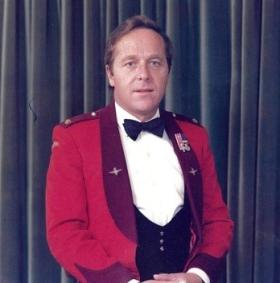
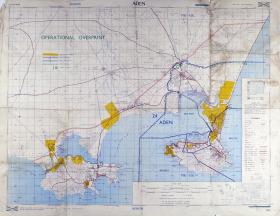
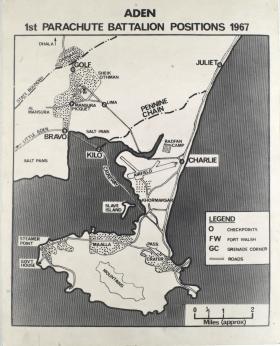
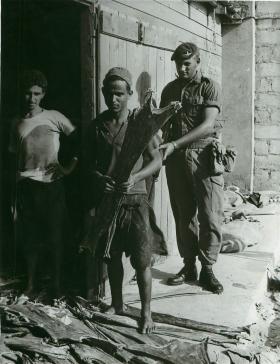
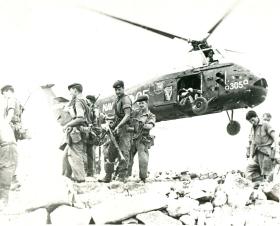
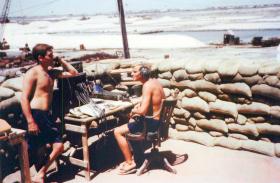
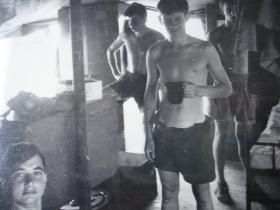
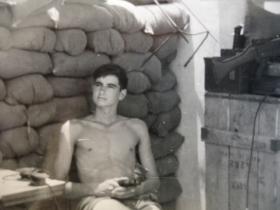
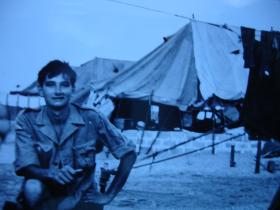
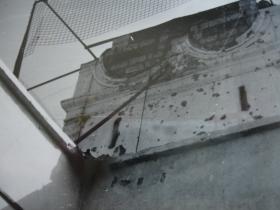

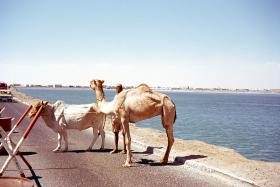
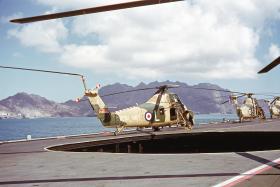
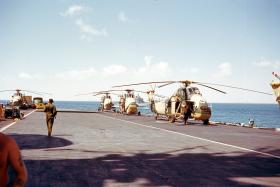
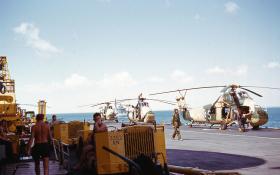
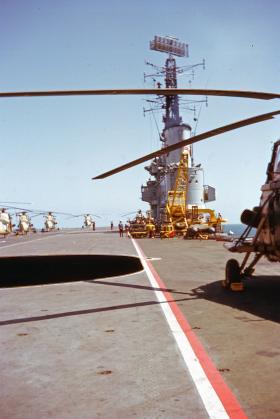
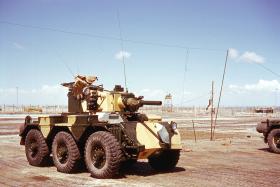
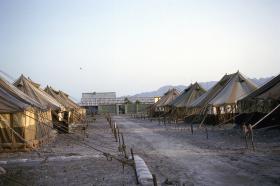
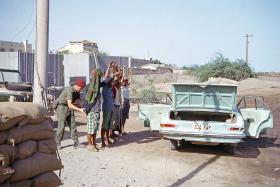
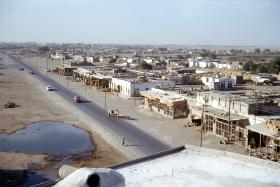
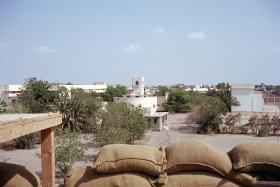
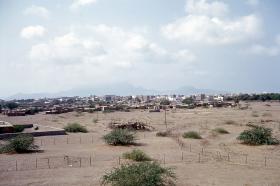
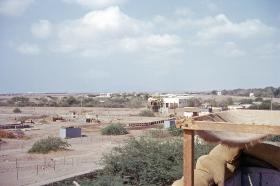
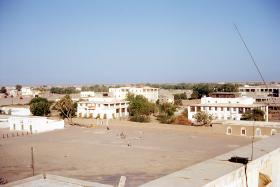
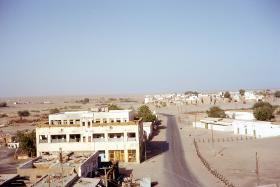
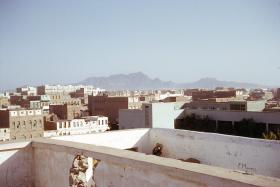
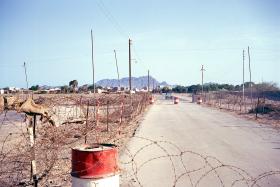
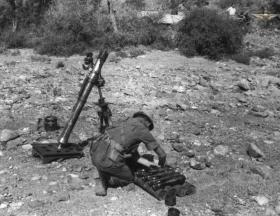
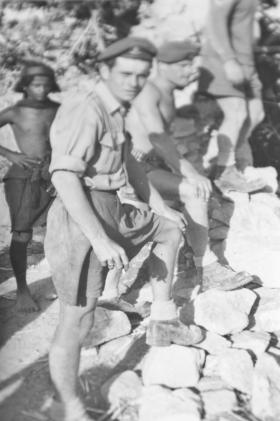
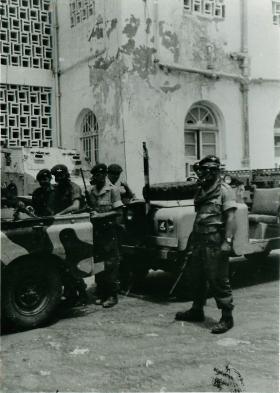
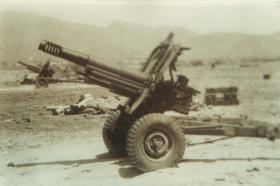
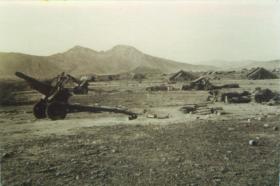
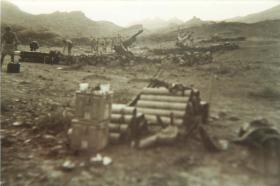
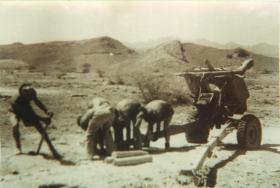
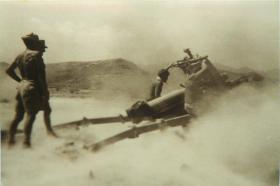
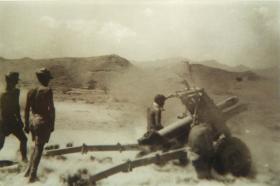
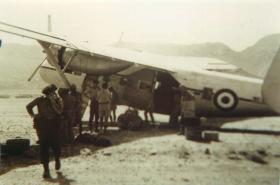
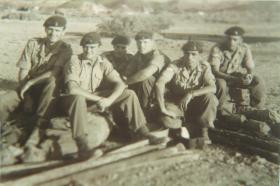
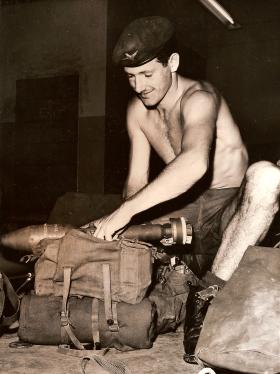
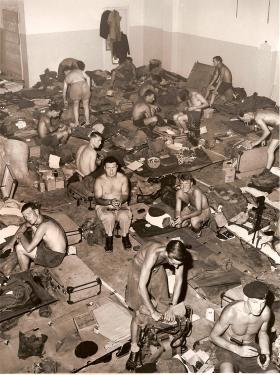
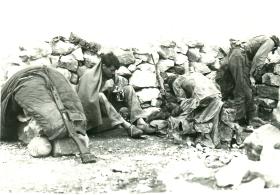
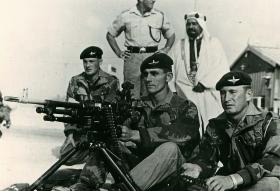
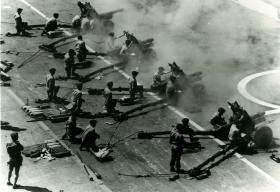
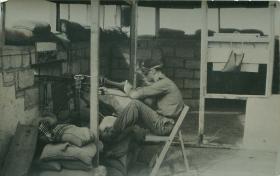
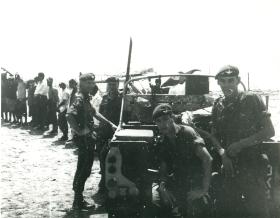
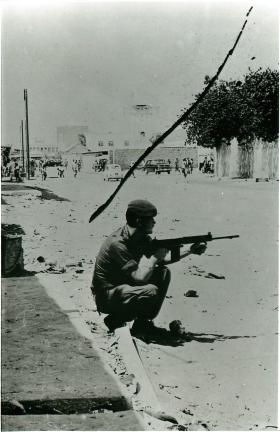
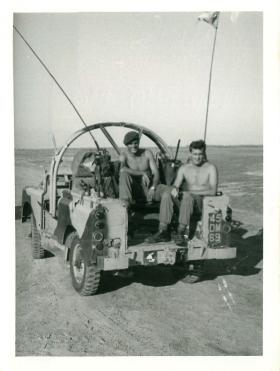
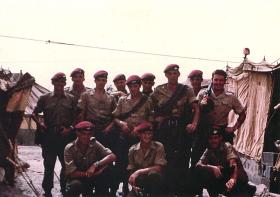
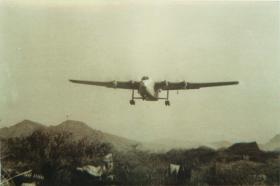
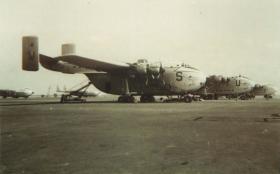
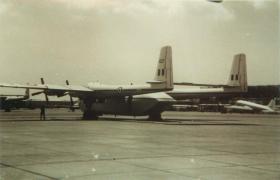
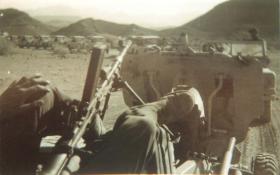
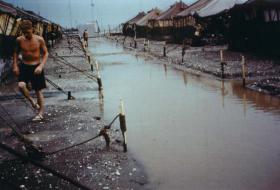
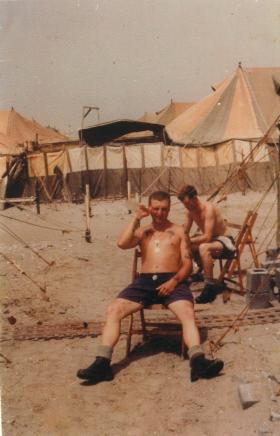
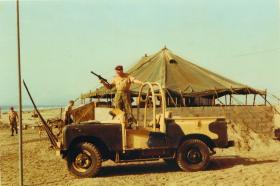
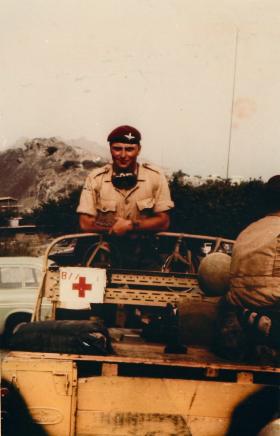
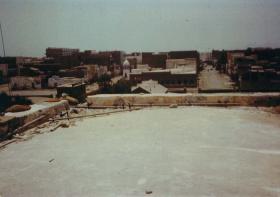
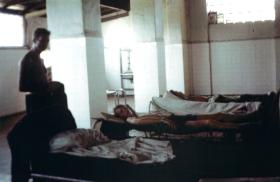
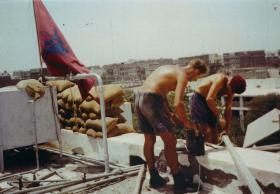
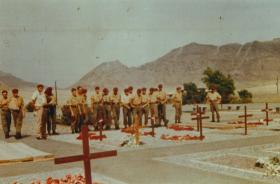
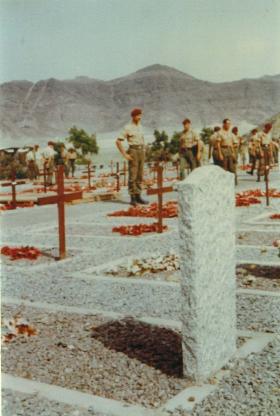
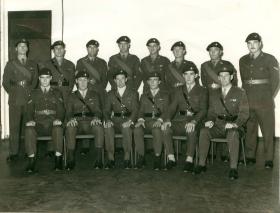
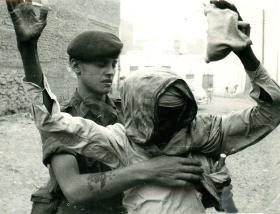
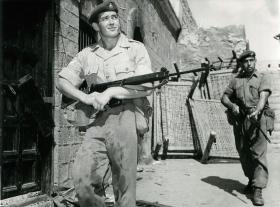
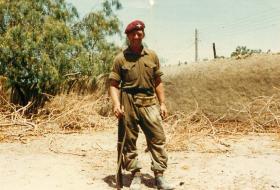
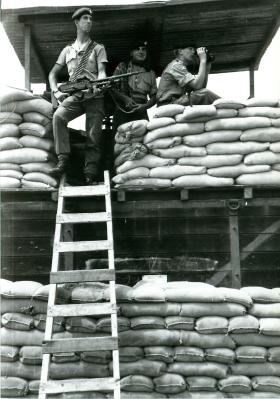
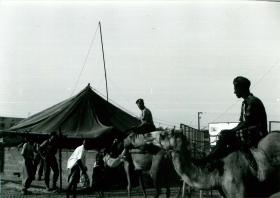
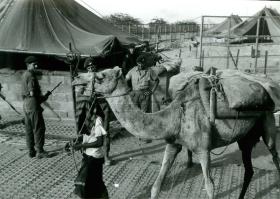
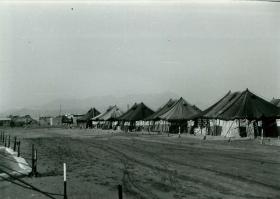
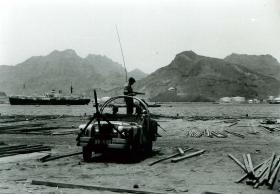
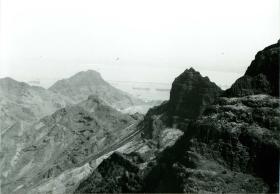
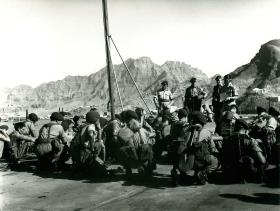
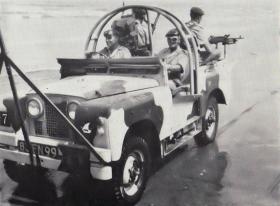
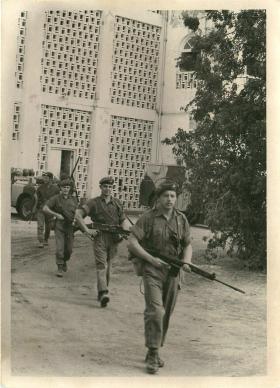
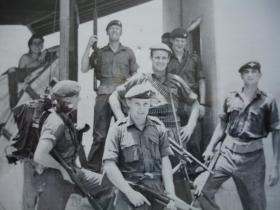
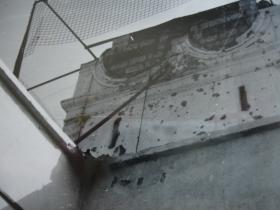
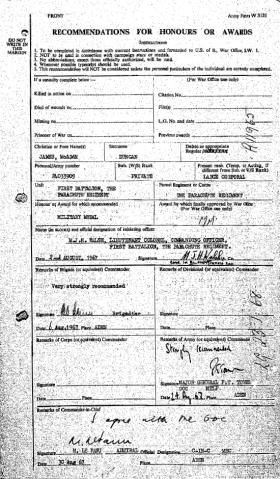
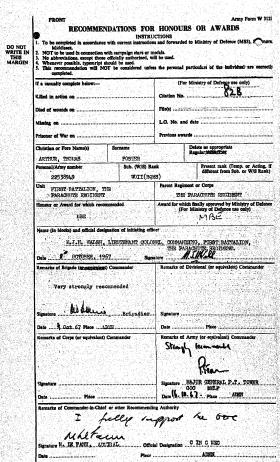
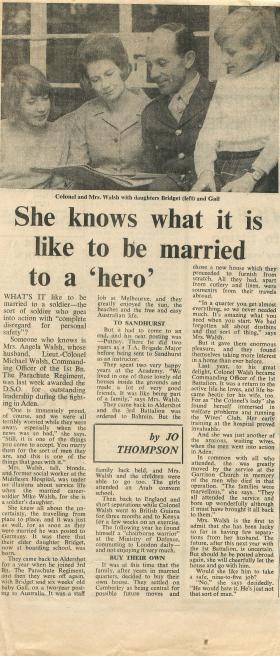
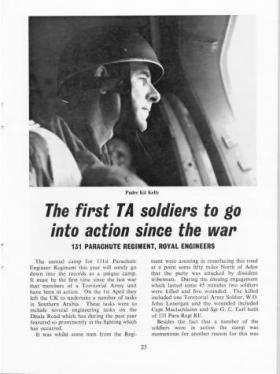
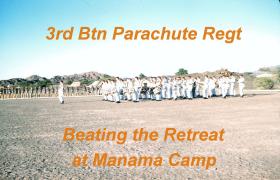
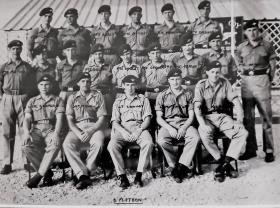
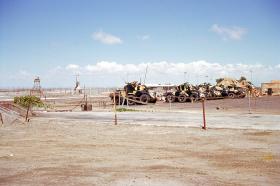
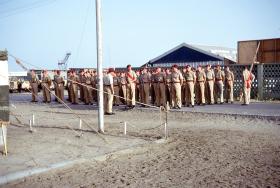
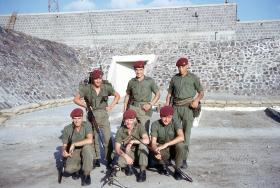
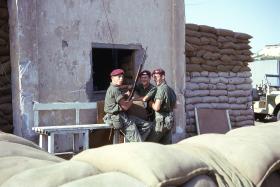
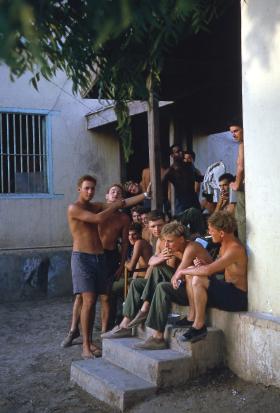
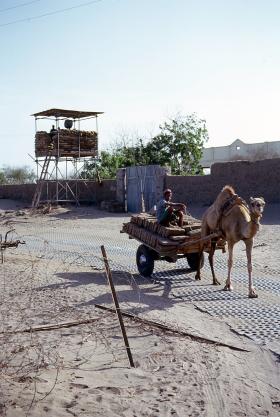
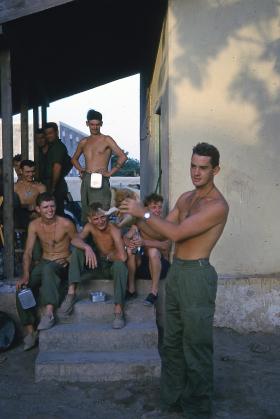
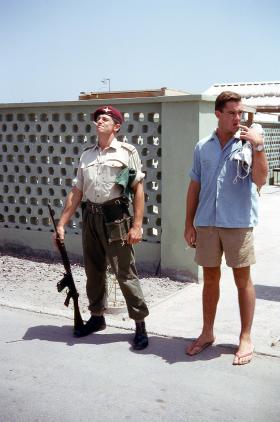
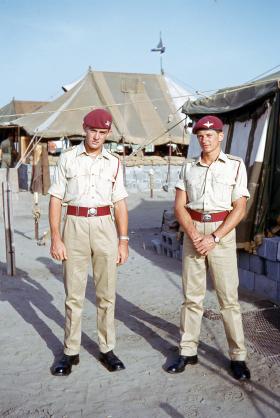
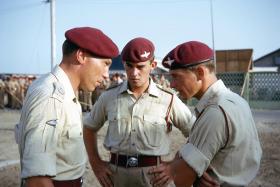
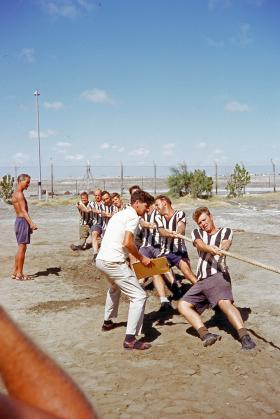
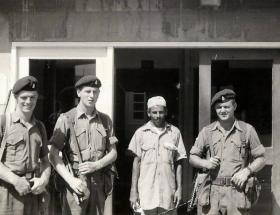
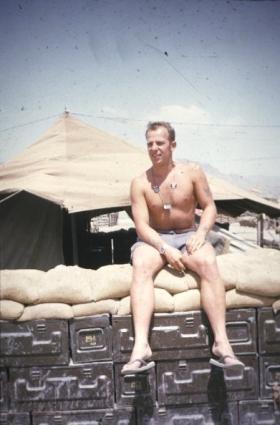
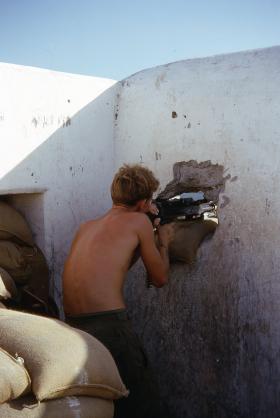
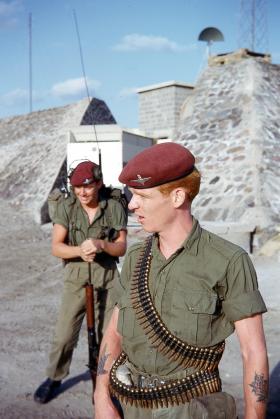
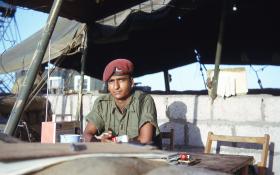
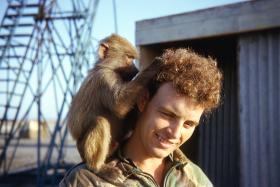
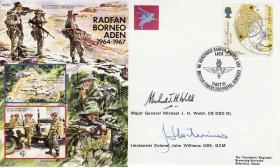



Latest Comments
Add Comment
In order to add comments you must be registered with ParaData.
If you are currently a ParaData member please login.
If you are not currently a ParaData member but wish to get involved please register.